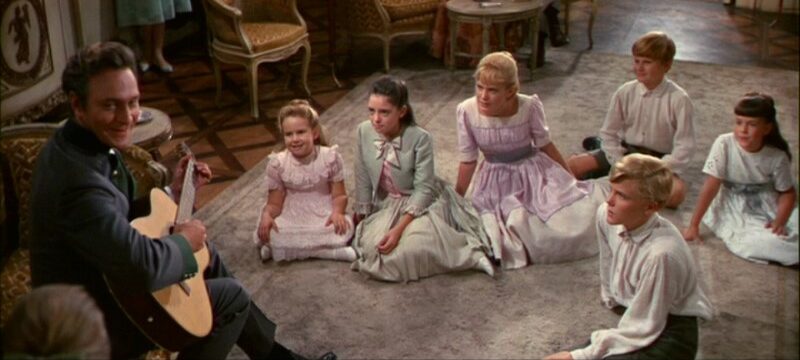**½/**** Image B+ Sound B+ Extras A-
starring Zina Bethune, Harvey Keitel, Anne Collette, Lennard Kuras
written and directed by Martin Scorsese
by Bill Chambers All of the scenes that constitute the plot of Martin Scorsese's directorial debut Who's That Knocking at My Door look washed-out and indistinct in comparison to the rest of the feature. This is because the project began life as Bring on the Dancing Girls, a 35mm, hour-long thesis short so poorly received that Scorsese went back to the drawing board, but with only enough money to shoot fresh material in 16mm. And yet the disconnect seems oddly premeditated, especially since almost every 16mm passage is a veritable non sequitur. An extended riff on the mores of youth raised in Little Italy, Who's That Knocking at My Door charts a parallel course for Scorsese avatar J.R. (Harvey Keitel), a practising Catholic who, when not clowning around with punks from the neighbourhood, spends lazy afternoons in the company of a secular, middle-class blonde (soap star Zina Bethune, her character billed only as "the girl") he meets on the Staten Island ferry by striking up a conversation about a Scorsese touchstone, John Ford's The Searchers. As wishful thinking goes, it's cute.
John Cassavetes would of course have a more overt influence on Scorsese in the career dry spell following the release of this picture (during which time one of his odd jobs was holding Cassavetes still while somebody punched him to create sound effects for a fistfight!), but that doesn't stop Who's That Knocking at My Door from feeling like Son of Shadows, with the quagmire at the heart of Shadows–a seemingly liberal-minded young man's sense of betrayal over his girlfriend's biracial heritage–transposed as a psychosexual impasse reached between the seemingly liberal-minded J.R. and The Girl once her 'impurity' is out in the open. Even before then, he refuses to sleep with her on the basis that he loves her, and a montage added at the behest of independent distributor Joseph Brenner showing J.R. bedding a succession of women to the strains of The Doors' Freudian "The End" only clarifies that his issues are of the Madonna/whore variety. If this one-man orgy is clearly intended as a fantasy, there's no reason to think otherwise of any sequence related, no matter how peripherally, to The Girl: their disjunctive nature suggests that the love story unfolding in Who's That Knocking at My Door is the mental projection of a cinephile–one whose reality of ritual and sameness not only compels him to fabricate conflict, but also makes him too complacent and/or stubborn to be an effective romantic. By George, I think he was trying to tell us something.
Warner skips out on a chance to do something definitive with their DVD release of Who's That Knocking at My Door in excerpting from Bring on the Dancing Girls within a supplemental featurette instead of including it in full as a separate viewing option. (Somehow I doubt Scorsese sought to repress it, preservationist that he is.) Nevertheless, the disc's 1.78:1 anamorphic widescreen transfer breathes more lustre into the film's black-and-white images than ever before and significantly reduces the amount of print debris that has plagued Who's That Knocking at My Door on other video formats. The Dolby centre-channel mono mix is strikingly clear, and the frequent musical accompaniment (Cassavetes's wall of jazz becomes Scorsese's wall of pop) doesn't sound crushed in the least.
A rarely-screen-specific partial commentary running 48 minutes intercuts recent observations from Scorsese and "director's assistant" Mardik Martin, the former lamenting the finished product's dissimilarity to his production sketches ("You're living aesthetically beyond your means," he says, quoting an old rejection letter from the New York Film Festival) as well as his failure to get the songs he wanted while spreading his typically infectious enthusiasm for other people's movies, in particular Bernardo Bertolucci's Before the Revolution. It's a great track I wish he had all to himself, as Mardik Martin's solo flight in Automat Pictures' "From the Classroom to the Streets: The Making of Who's That Knocking at My Door" (13 mins.) is sufficient contribution from the man who would go on to co-write Mean Streets, New York, New York, and Raging Bull. Therein, Martin touches on the roman à clef aspects of J.R. and recites valuable maxims like "Paper is cheaper than film" in defense of storyboarding. No further extras adorn the platter.
90 minutes; 1.78:1 (16×9-enhanced); English DD 1.0; CC; English, French, Spanish subtitles; DVD-9; Warner


